How KP Oli exercises all possible ways in constitution to become prime minister
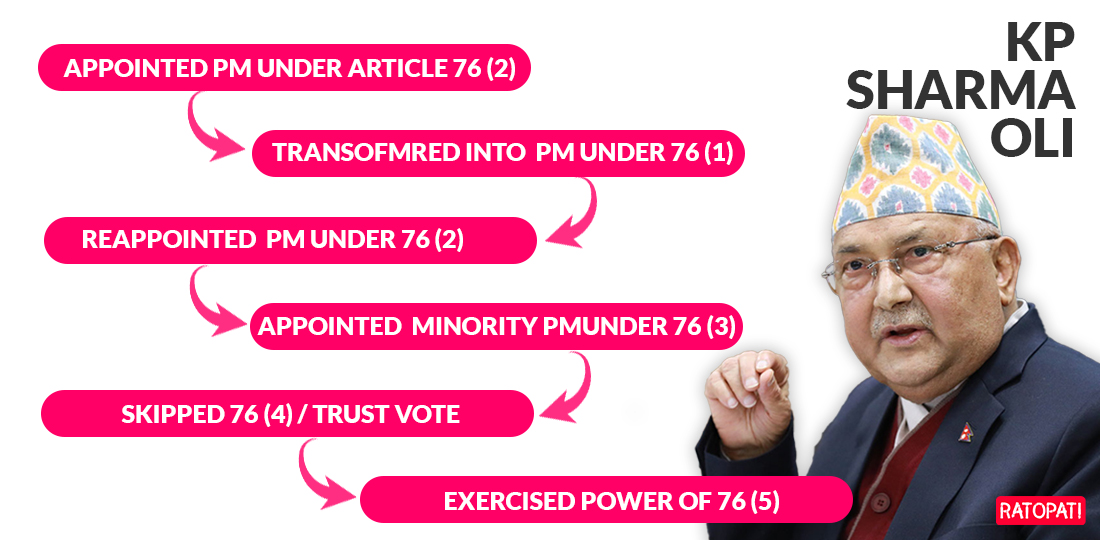
KATHMANDU, May 25: KP Sharma Oli has made a unique 'record' by moving across all the articles of the constitution which are meant for the formation of the Council of Ministers, in the single tenure of the House of Representatives (HoR). For this, Oli has taken all possible measures. PM Oli, interpreting the constitution himself, is now steering ahead by flouting Article 76 (4) of the Constitution of Nepal.
Article 76 of the constitution mentions four different provisions for forming a government. First, government under the leader of a parliamentary party that commands majority in the House of Representatives (HoR) as the Prime Minister (Clause 1 and the second, government of a member of the House of Representatives who can command majority with the support of two or more parties representing in the HoR (Clause 2). Similarly, Clause 3 states that as the parliamentary party leader of the party which has the highest number of MPs in the HoRcan form a new government while Clause 5 states that the president shall appoint a member who presents a ground on which he or she can obtain a vote of confidence in parliament.
Prime Minister Oli has attempted to exercise all four provisions in order to take charge of the government. Oli, who was appointed as the prime minister as per Article 76 (3) on May 10, skipped the Article 76 (4) and also dissolved the lower house of parliament by exercising the power of the prime minister as mentioned in Clause 6. This is not the first time he has dissolved parliament. He had earlier dissolved the 275-member House of Representatives on December 20 last year which was, however, restored by February 23 order of the Supreme Court.
Oli, who was appointed as the Prime Minister on February 15,2018, had assumed the office as the chief executive of the country in accordance with Article 76, Clause 2. Clause 2 of Articlle 76 states that the president shall appoint a member of the House of Representatives who can command a majority with the support of two or more parties at the HoR as the prime minister in case no party has a clear majority in the House.
Following the unification of the CPN-UML and the CPN-Maoist Center to the Nepal Communist Party (NCP) on May 17, 2018, Oli was automatically transformed into the prime minister under Article 76 (1). The Constitutional Bench, during its verdict on the House dissolution case on February 23 also admitted this fact.
Article 76, Clause 1 of the Constitution provides for the appointment of the leader of the parliamentary party having a majority in the House of Representatives as the Prime Minister.
Although Oli was not sworn in under Clause 2, the essence of the Supreme Court's verdict was that he was the prime minister under Clause 1 following the merger deal between the UML and Maouist.
Even after the Supreme Court, through its March 7 order, invalidated the erstwhile ruling NCP and resurrected the UML and Maoist Center, Oli remained as the Prime Minister under Clause 1 for more than two months before he lost a trust vote in parliament on May 10.
Shortly after Oli lost the trust vote, President Bidya Devi Bhandari called upon the political parties for the formation of a new government under Clause 2 in the stipulated time frame of three days. As other parties failed to stake claim for the new government, Oli was again appointed the prime minister under Clause 3 which states that the President shall appoint the parliamentary party leader of the party which has the highest number of members in HoR as the prime minister if the government cannot be formed under clause 2.
The prime minister appointed under Clause 3 shall obtain a vote of confidence from the parliament no later than thirty days after the date of such appointment.
However, Prime Minister Oli did not seek a confidence vote and said he ‘had facilitated’ the process of formation of a new government under Clause 5.
Following the recommendation made by the Council of Ministers, President Bhandari on Thursday evening (May 20) called upon the members of parliament to stake claim for a new government formation, extending a deadline of 21 hours.
It is stated in the Article 76 (5) that the president shall appoint such a member as the prime minister who can present a ground on which he or she can obtain a vote of confidence in the HoR in case the PM appointed under Clause 3 fails to obtain a vote of confidence under Clause 4.
Nepali Congress (C) President, Sher Bahadur Deuba laid a claim for the new government formation as per Article 76 (5) to the president on May 21 (Friday). Deuba claimed to have the support of 149 lawmakers with him. PM Oli, who had earlier announced the facilitation for new government formation, also staked a claim for the new government as per Article 76 (5).
However, President Bhandari rejected both teht claims dissolved parliament, using the power of the prime minister under Clause 5.
Prime Minister Oli has set up a unique precedent in Nepal’s parliamentary history by exercising all the possible provisions for new government formation as mentioned in Article 76.

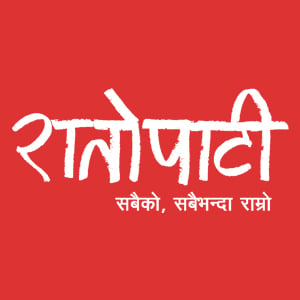
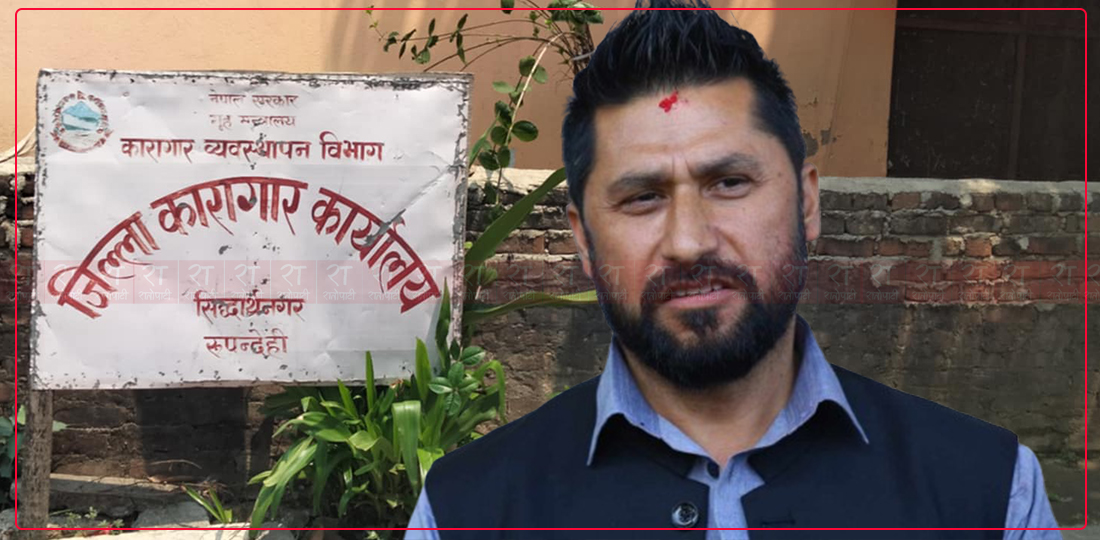
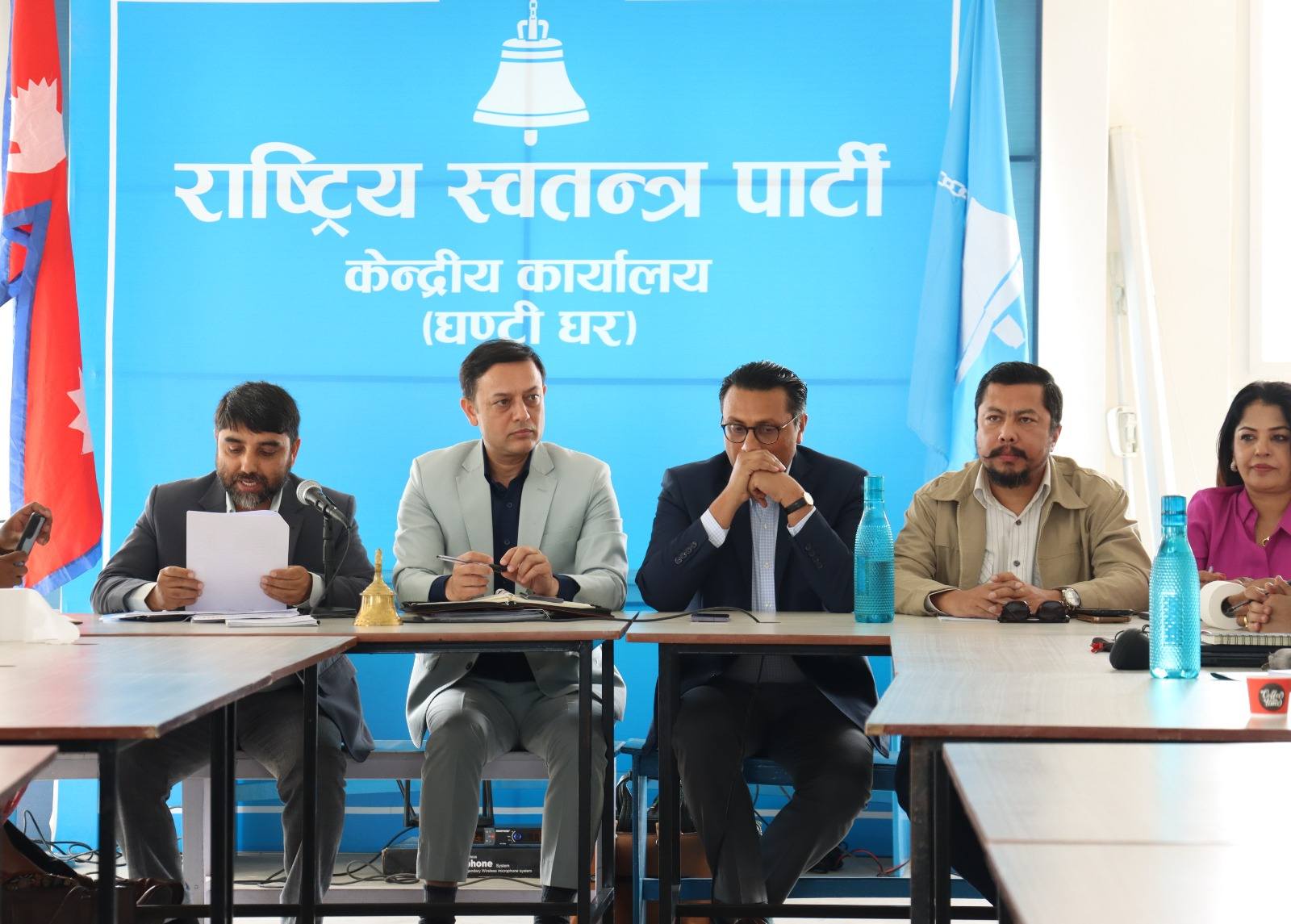
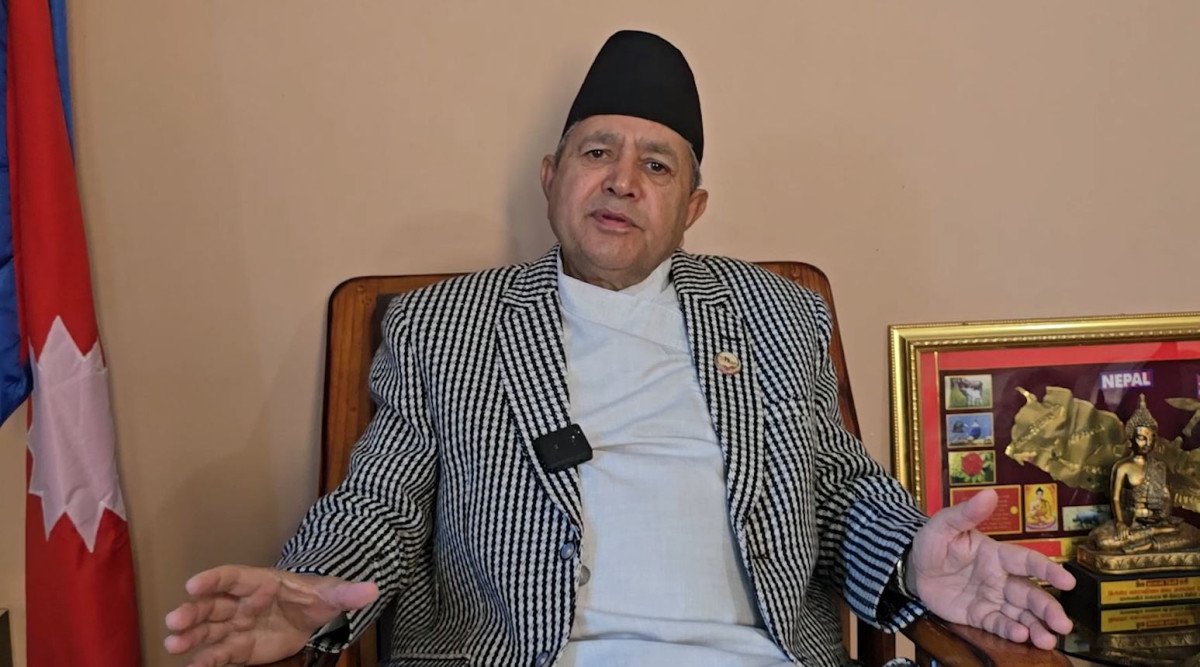
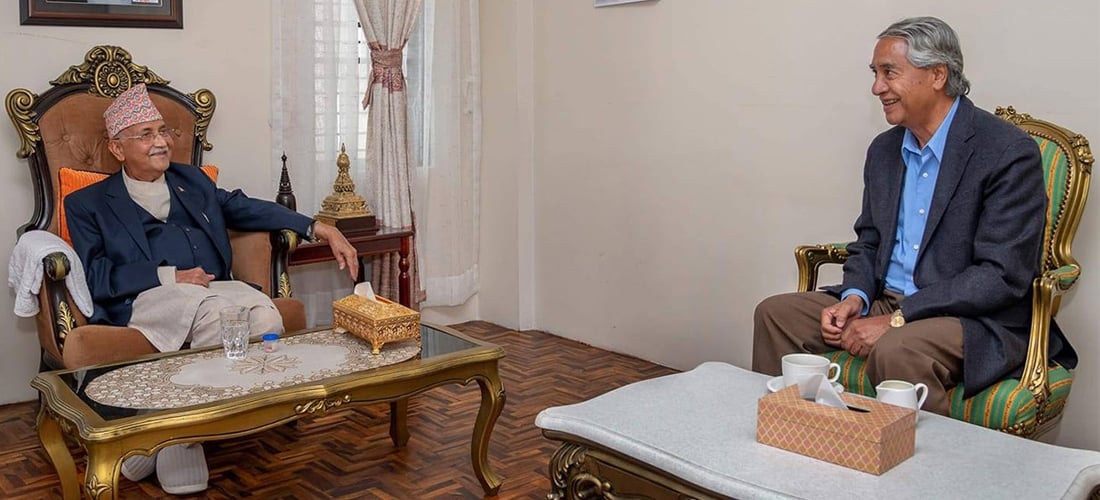
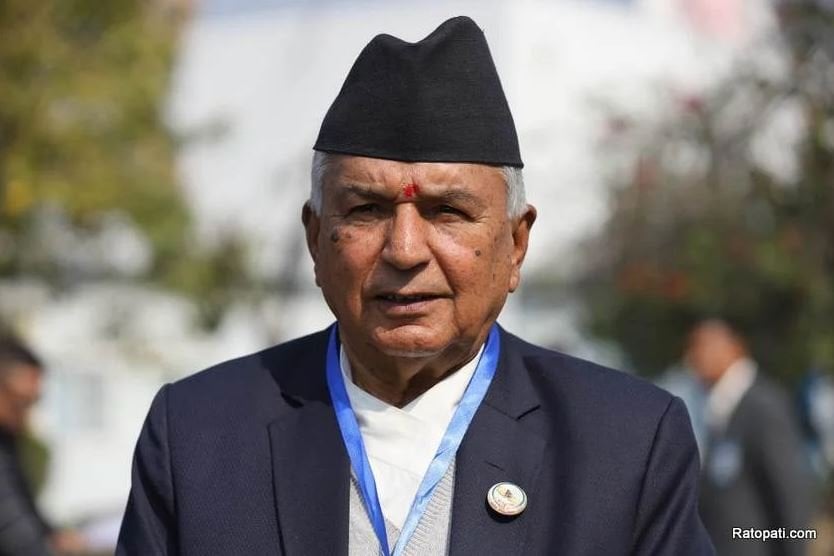
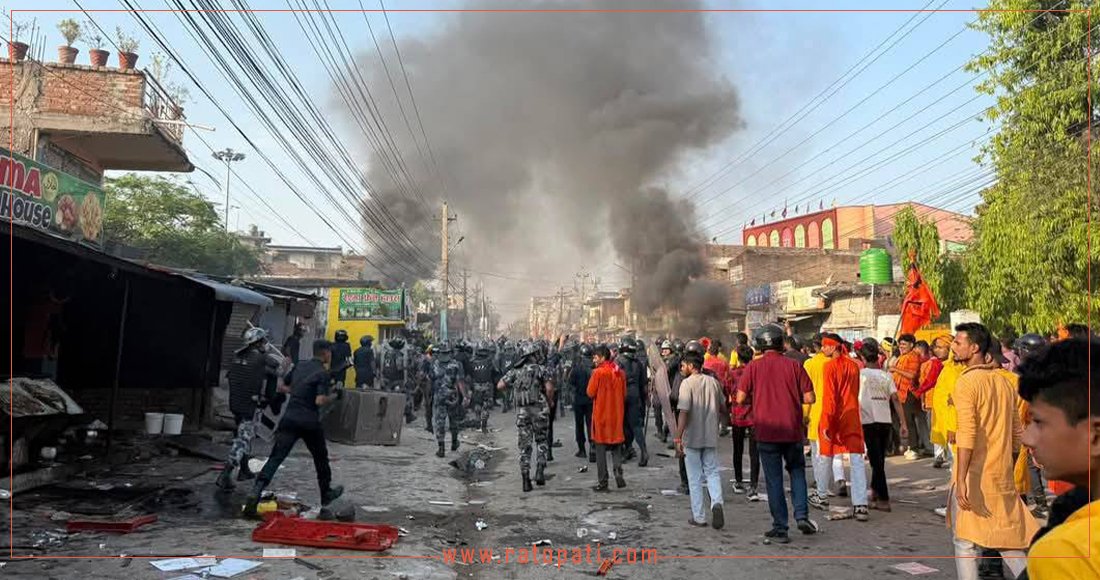


Leave Comment